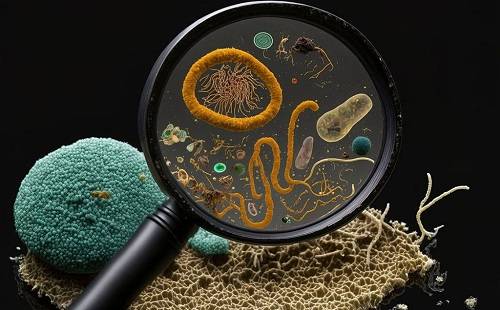When it comes to nurturing our beloved garden plants, we often think of the essentials: water, sunlight, and good soil. But what if there’s more to the story? In recent years, a fascinating concept has become increasingly popular in the world of gardening – the idea that sound, specifically sonic vibrations, can play a role in healing and transforming plants. But is there really any truth to that? Or is it all just made up? That’s exactly what we wanted to discuss in today’s article. So let’s dive into this intriguing topic and see if playing sonic vibrations to your beloved plants is really worth it.
The Sound of Growth
To understand the concept of using sound to benefit plants, we need to first acknowledge that plants are more perceptive than we often realize. They don’t have ears like humans or animals, but they can sense vibrations and react to them in various ways. This ability to perceive vibrations is rooted in their survival instincts. Plants rely on their surroundings for crucial information. They can detect changes in light, temperature, and even subtle vibrations caused by wind or the footsteps of nearby animals. This sensory perception helps them adjust their growth patterns and protect themselves from potential threats.
The Science Behind Sonic Vibrations
The idea of using sound as a growth stimulant for plants isn’t entirely new. Scientists and researchers have been exploring this concept for several years, and their findings are nothing short of fascinating. Studies have shown that certain frequencies and patterns of sound can influence the growth of plants. For example, gentle, melodic tunes and specific sonic vibrations have been observed to promote healthier and more vigorous plant growth. It’s believed that sound waves can stimulate plant cells and enhance the flow of nutrients, resulting in more robust and vibrant vegetation.
The Healing Power of Music
Just as music can have a soothing and calming effect on humans, it appears that plants can also benefit from harmonious melodies. Classical music, in particular, is often cited as a source of inspiration for gardeners experimenting with sound therapy.
Plants exposed to classical music, like Mozart or Bach, seem to respond positively. They exhibit improved growth patterns, larger leaves, and, in some cases, increased resistance to pests and diseases. While the exact mechanisms behind this phenomenon are not yet fully understood, the results are compelling.
DIY Sound Experiments for Your Garden
Now that we’ve explored the potential benefits of sound therapy for plants, you might be wondering how to try it out in your own garden. The good news is that you don’t need a degree in music theory or an elaborate setup to experiment with sound vibrations. Are you need are some free time, and a couple of gentle tunes.
Start by playing soothing music for your plants. Choose classical or instrumental music and place a speaker near your garden. Make sure the volume is at a comfortable level, not too loud. Observe your plants’ responses over time. Are they growing more vigorously? Are there fewer signs of stress or disease? If you’re feeling adventurous, consider investing in sound therapy devices designed specifically for plants. These gadgets emit carefully calibrated sound frequencies to encourage growth and well-being. Just follow the manufacturer’s instructions for the best results.
YOU MIGHT ALSO LIKE
What Are Nematodes and How to Use Them for Gardening


